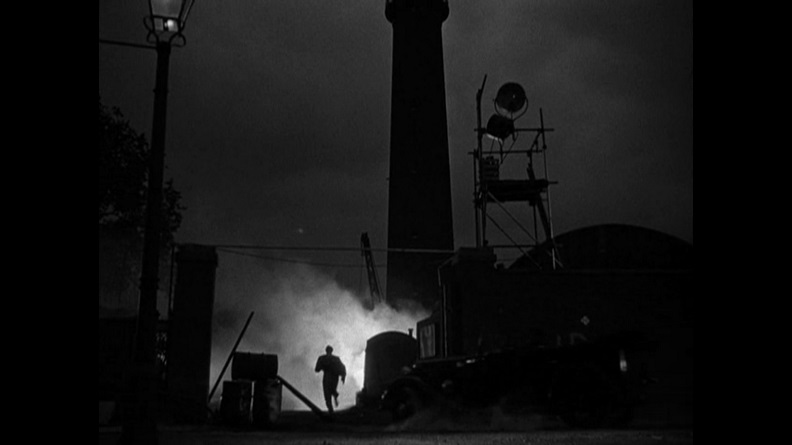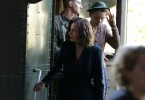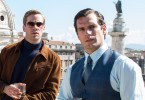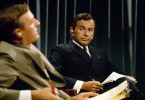Night and the City
Director: Jules Dassin
Spine #274
(Blu-ray/DVD)
The films of Old Hollywood still manage to incite wonder, despite years of separation. Their technical bravado, attention to engrossingly straightforward storytelling, and emphasis on classically trained acting conjure a time nearly lost. This isn’t to say contemporary cinema isn’t exciting. Rather, these relics unfold the ancestry of the screen while still being incredibly captivating. Night and the City is one of these fascinating films. From its mastery of the lens to the rumbling, uproarious score, this is a must-see for those interested in the greats of yesteryear.
Released in 1950 after director Jules Dassin was exiled from America due to communist accusations, Night and the City paralleled his real-life struggle by focusing on a down-and-out character who has a great deal of London against him.
The protagonist, Harry Fabian (Richard Widmark), is a hustler with delusions of grandeur desperately trying to climb the ladder of crime. Upon overhearing a dispute between Kristo (Herbert Lom), a criminal who runs London’s wrestling ring, and his father Gregorious (Stanislaus Zbyszko), the greatest wrestler of his day, Harry capitalizes on the conflict by convincing the latter to support him if he can find the money. Since Harry has effectively burned all his bridges, this proves to be a tough endeavor. Finding the cash under suspicious circumstances propels him into a downward spiral that once again forces him into a life of escape.
At its core, Night and the City exemplifies the essentials of noir. It opens with a narrator foreshadowing the murky aspect of both the city and its night. Shaded in black and white, the city of London is presented as the perfect grounds for the shady dealings and corrupt characters quintessential to this genre. Similarly, the main character is a deeply flawed man with moral hangups that lead him down a path in which his defining opposition is a conspiracy to hold him back — one he must learn to solve or be tragically undone. Night and the City manages this with nothing short of gritty finesse.
One of the most defining scenes of the film features two wrestlers squaring off. Depicted through many close-ups and wide shots alike, a lengthy sequence is created. On paper, this doesn’t seem too spectacular or interesting, but for its day, it was believed to be an exceptional example of action within a film.
Night and the City isn’t for everyone. It tells a bleak — and ultimately tragic — story and portrays some of the female characters with a glaring lack of depth, leaving them to be a means to an end for the male characters. Looking past these faults, it is an exemplary film noir and a fitting classic for those who enjoy peering through the windows of film history.





